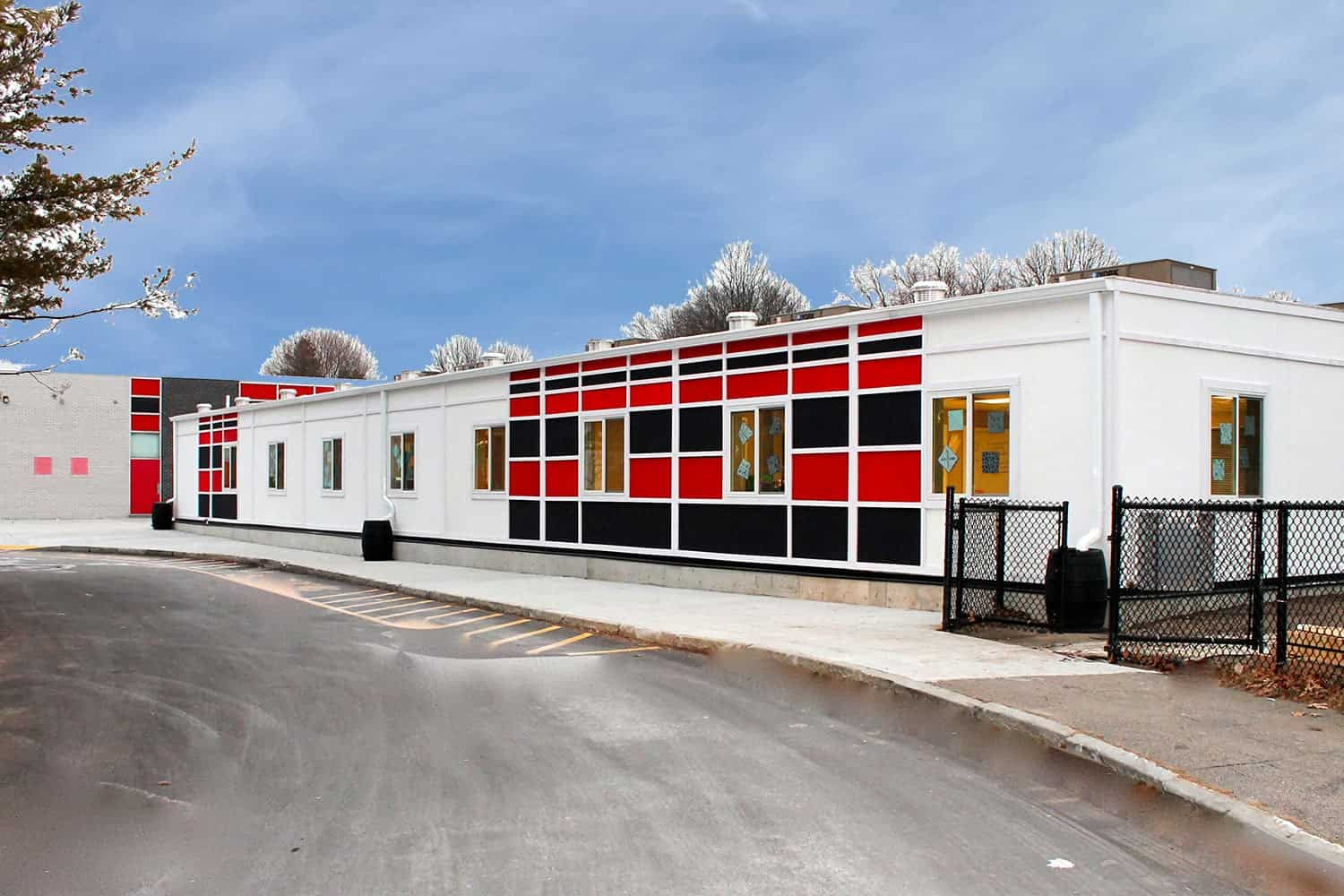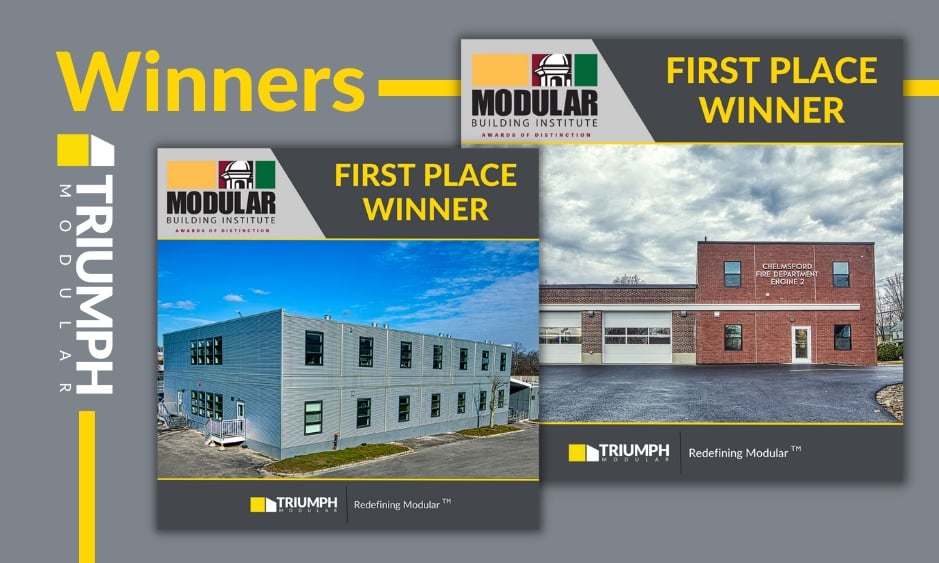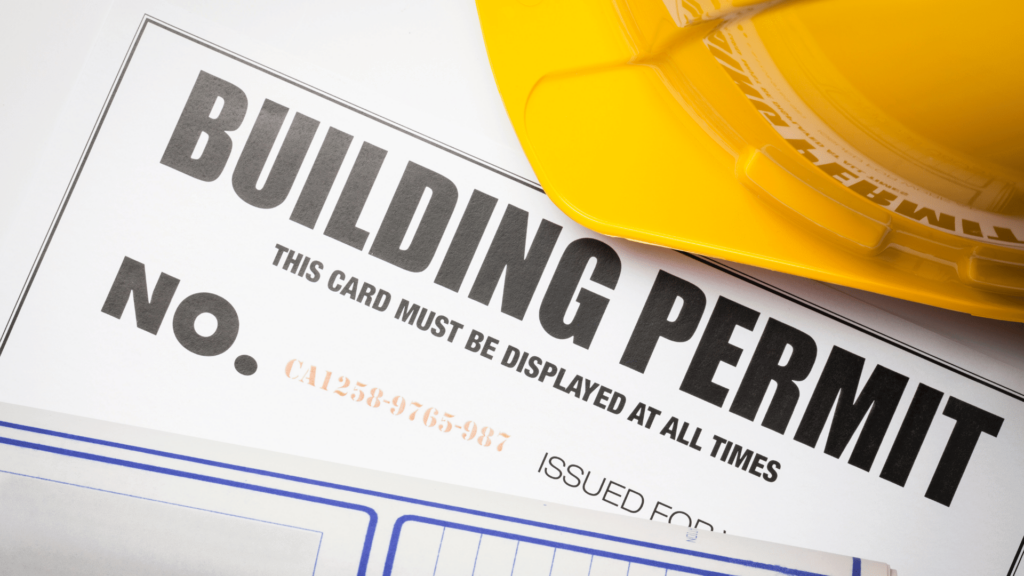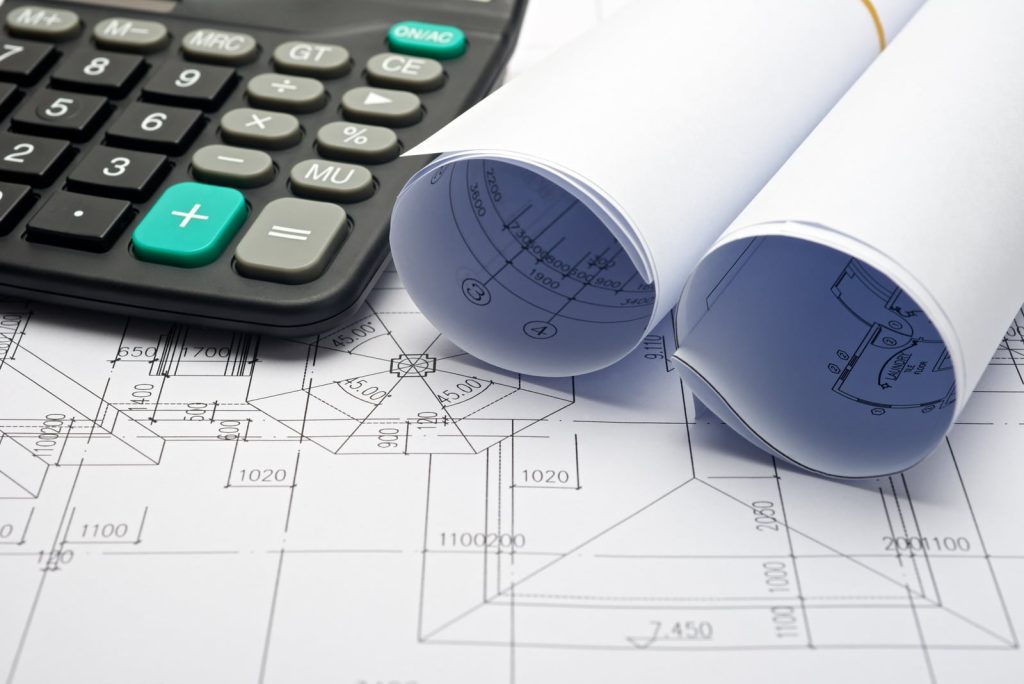Permanent modular construction has doubled in size in the US over the past 5 years, to 8 billion dollars. With 67% of contractors already using modular construction expect demand to continue on an upward trend over the next three years. There are many factors contributing to its growth. After twenty years of practice, we would like to contribute to the success of modular all around the country and offer a few tips that we have learned over the years.
Modular construction can be a great saver of both time and money, however, it is not always the right choice for every project, particularly if a top goal is cost savings. We have found that the more a project “sets up” for modular, then it can produce money and time savings, without sacrificing quality. Which is a great result. But it does require the right set of ingredients for this result.
Here are the factors to consider:
1. Allowance for factory input into design
You will need your procurement process to include deep and formal design assistance. Your procurement process needs to allow for this.
2. Repetition in Design Elements
Does the design lend itself to be built with modular boxes? The more boxes the more conducive. The more structural and system elements that are similar box to box and floor to floor the more economies of scale you produce with modular.
3. Allowance for Subcontractors to provide design assistance
For a modular project to be successful, component manufacturers need to be working together with the design team. With builds being done offsite, it’s imperative that the builders understand exactly what they will be connecting at the site.
4. Speed to Occupancy
Do you value speed to occupancy? If saving time to occupancy isn’t an issue for you, modular simply may not be a good choice, given that it is by far and away from its most credible and reliable benefit. You can take speed to the bank.
5. Repetitive Project Teams
Going with a company that is straying too far outside their niche of expertise can result in many disruptions and an end product that you’re ultimately unhappy with. Particularly in the areas of module transport and crane logistics, these are specialties where a lack of experience can really hurt a new modular project team. Predictable results come with repetitive project teams. This may be hard on Owners in how they procure to ensure competitive bidding but this challenge can be overcome with open book contract forms.
6. Hard Design Freezes and Limited Changes
Modules cannot be manufactured without State Inspectional approval of plans. Once those plans are approved by the state they cannot be changed. The cost of late design changes in modular construction can be very high. This means taking extra time to plan and ensure that the initial design is one you’re happy with.
7. Multiple System Coordination Meetings
Be sure that the team is prepared to have repetitive coordination meetings. Bridging construction details from off-site to on-site is the largest issue with this form of construction. All participants need to embrace the time required for the review of plans and drawings at multiple stages in the process. (See blog article re: Coordination Drawings).
8. Design Build or “CM at Risk” approach
Regardless of the form of team structure or contracting, the team will have to embrace that one Construction Manager (the installing CM) controls the process. They are chief facilitator and coordinator. If Owner wants to hold a separate contract with the Architect that is ok. But the CM needs to know the terms and details of their contract, and sit at the top of the team to coordinate all activities from design to installation and warranty.
Still Have Questions Regarding Permanent Modular Construction?
Sometimes, knowing the factors for success isn’t enough. You’ll need an expert opinion. Why not reach out to us? We’d love to help.




